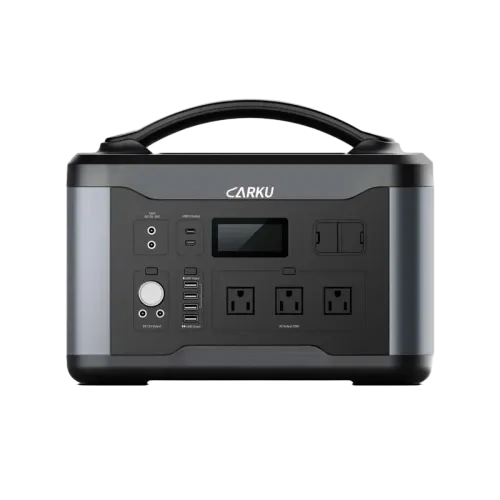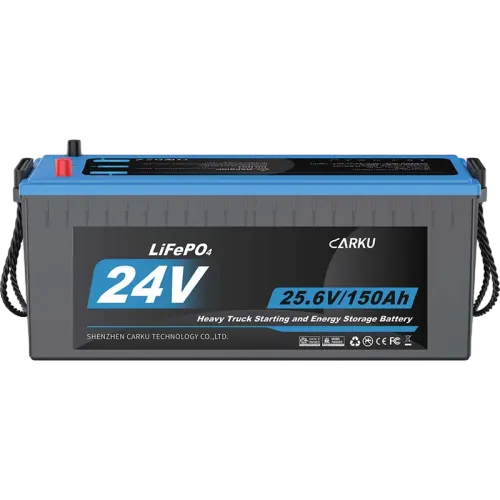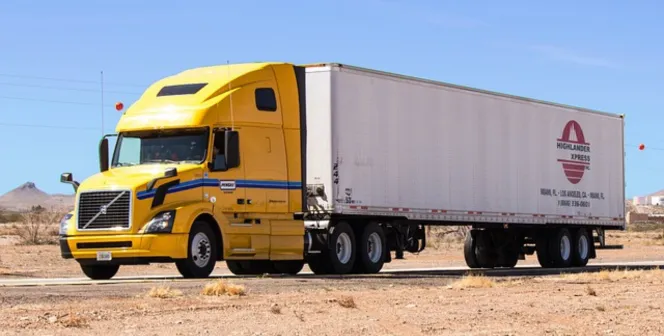Is your pickup, long-haul truck, or semi-trailer battery dead? For drivers, it might just be a delay. But for fleet owners, logistics operations managers, or vehicle administrators, it spells bigger trouble vehicles stranded on the road, delayed cargo, forced rescheduling, rising risk of contract breaches, and even compromised efficiency throughout the whole shipping chain.
A single dead battery can escalate into an operational crisis that drains your team, manpower, and finances. That's why more fleets are equipping every vehicle with a 24V high-power jump starter: It's not about “driver convenience,” but about minimizing downtime, ensuring fleet turnover efficiency, and protecting transportation profits.
Next, we'll break down: What management pain points does it solve? Why is it essential for fleets? And how to choose the 24V jump starter best suited for your fleet's operational needs.
Why Semi Trucks Need a Dedicated 24V Heavy-Duty Jump Starter
Semi trucks run large diesel engines and often use 24V electrical systems, which puts them in a completely different league from regular passenger vehicles. A dedicated 24V heavy-duty jump starter is built specifically for these commercial trucks, delivering the voltage and current they need without risking damage to sensitive electronics. For fleet operators and owner operators, relying on a small car booster is not just inconvenient, it can also be unsafe and ineffective in real roadside emergencies.
When choosing a jump box for semi trucks, peak amps and cold cranking amps (CCA) become critical numbers rather than marketing buzzwords. A heavy-duty jump starter with sufficient peak amps can deliver the instant surge of power required to crank a high displacement diesel engine, especially when the batteries are deeply discharged.
At the same time, a higher CCA rating ensures the unit can still turn the engine over in freezing conditions, when thickened oil and cold batteries make starting much harder.
A dedicated 24V heavy-duty jump starter is engineered specifically for the electrical demands of semi trucks, which often operate on 24-volt systems and require a high, stable current to start engines ranging from 9L to 15L displacement.
By focusing on both peak amps and CCA and engine displacement, you get a jump starter that is genuinely capable of starting semi trucks, not just light-duty pickups or SUVs.
12V vs 24V: Choosing the Right Jump Starter Voltage for Semi Trucks
In fleet operations, correctly matching the jump starter to the vehicle’s electrical system is non-negotiable. Light-duty pickups typically run on 12-volt systems, making a 12V jump starter sufficient. But most semi trucks, vocational trucks, and long-haul diesel platforms rely on 24-volt systems to deliver the higher torque required by a large displacement engine. Attempting to start a 24-volt diesel truck with a 12-volt unit won’t just fail—it increases downtime risk and may compromise onboard electronics.
For this reason, fleet administrators should equip roadside service kits with a 24V jump starter specifically engineered for heavy-duty diesel engines. If you regularly work on a mix of vehicles, a dual voltage jump starter that supports both 12V and 24V can be a smart investment.
It lets you boost small gasoline cars, medium duty trucks and high displacement diesel engines with a single unit, as long as you match the jump starter voltage to the truck’s electrical system and engine displacement. This way, you avoid under powered boosts that fail to start the engine and over voltage mistakes that could damage sensitive components.
How Many Amps Do You Need to Jump Start a Semi Truck Engine?
How many amps you need is mainly driven by the reality that most fleet operated semi trucks use high compression diesel engines with much larger engine displacement than light duty vehicles. For this type of application, the amp rating on a heavy duty jump starter is not a nice to have spec; it determines whether the unit can actually spin a big diesel engine on a 24V system, especially when the batteries are deeply discharged or the truck has been sitting in cold weather. Compared with a booster aimed at passenger cars, a truck grade amp jump starter must deliver a substantially higher surge and sustained current to be useful in day to day operations.
For fleet operators managing Class 7–8 assets, the required starting power is determined not by marketing-driven peak amp figures, but by the real electrical demand of a diesel engine. Heavy-duty engines with larger engine displacement require significantly higher cranking power, especially during cold starts or after long idle periods.
Best Battery Type and Cold-Weather Performance for Diesel Truck Jump Starters
For diesel truck jump starters, battery chemistry has a direct impact on cold weather performance. A lithium-ion jump starter offers high energy density and a lightweight, compact form factor, which makes it attractive for drivers who need portable power packs that can sit in the cab for months with minimal self discharge. A traditional lead-acid jump starter is bulkier and heavier, but its robust plates and proven design can deliver strong surge current in harsh conditions, which is why many heavy-duty and workshop units still rely on lead-acid for winter reliability.
When selecting a professional jump starter for heavy-duty diesel fleets, battery chemistry and cold-weather reliability matter just as much as raw cranking power.
CARKU's JS-396 24V diesel jump starter is precisely the professional equipment designed for B2B scenarios based on this technological trend. Its 24V operating system (supporting 12V/24V dual-mode), high peak current capability, and clear engine size recommendations empower fleet managers to establish an immediately deployable, standardized emergency starting strategy for primary heavy-duty diesel platforms. This eliminates reliance on solutions only suitable for light vehicles or bulky equipment incapable of repeated roadside starts. Compared to traditional lead-acid solutions, the JS-396's lithium-ion chemistry delivers more stable low-temperature high-current output, extended energy storage duration, and faster cycle efficiency—critical advantages in frigid regions or for semi-trailers parked for extended periods.
Essential Safety and Portability Features for Fleet Truck Jump Starters
For any fleet operator, the first priority in a portable jump starter is safety features, not just headline power. A truck grade unit should include spark proof clamps, reverse polarity protection, short circuit and over current protection so roadside techs can connect quickly without risking damage to sensitive ECUs or aftertreatment systems. These protections reduce training burden and make it much easier to roll out a standard jump start procedure across a mixed fleet.
Portability also matters for uptime. A compact, rugged portable jump starter with impact resistant housing, heavy gauge cables and high visibility clamps is easier for drivers and roadside crews to carry between vehicles and use safely in tight yards or on the shoulder. For fleet managers, investing in a device with proven maintenance readiness—battery health monitoring peak and starting amps, and recommended engine size allows them to standardize on a small number of safe, portable jump starters that reliably cover their main semi truck platforms, instead of relying on under specced units that only work on light vehicles or fail under repeated emergency starts.
Extra Features (Air Compressor, Power Bank) That Make a Semi Truck Jump Box Worth It
Modern multi-function jump starters( 2 in 1 jump starters) not only deliver the high current required to reliably start large diesel engines but also provide added utility: USB ports to charge electronic devices, integrated LED flashlights for roadside visibility, and built-in air compressors for tire inflation or emergency equipment use.
In Conclusion
Maintaining a jump box to “maintenance readiness” is just as important as selecting the right unit. A suitable jump starter for semi-trucks must not only meet specifications but also be consistently “on call” during daily operations.
During the selection phase, prioritize purchasing jump starters option designed for long-term maintenance readiness. This includes features such as clear battery level indicators, easily replaceable components, and models with clearly labeled recommended engine displacement and operating environments. This approach enables fleet managers to standardize a platform compatible with primary vehicle models while ensuring each emergency starter remains combat-ready through simple inspection procedures. This minimizes downtime and rescue costs.








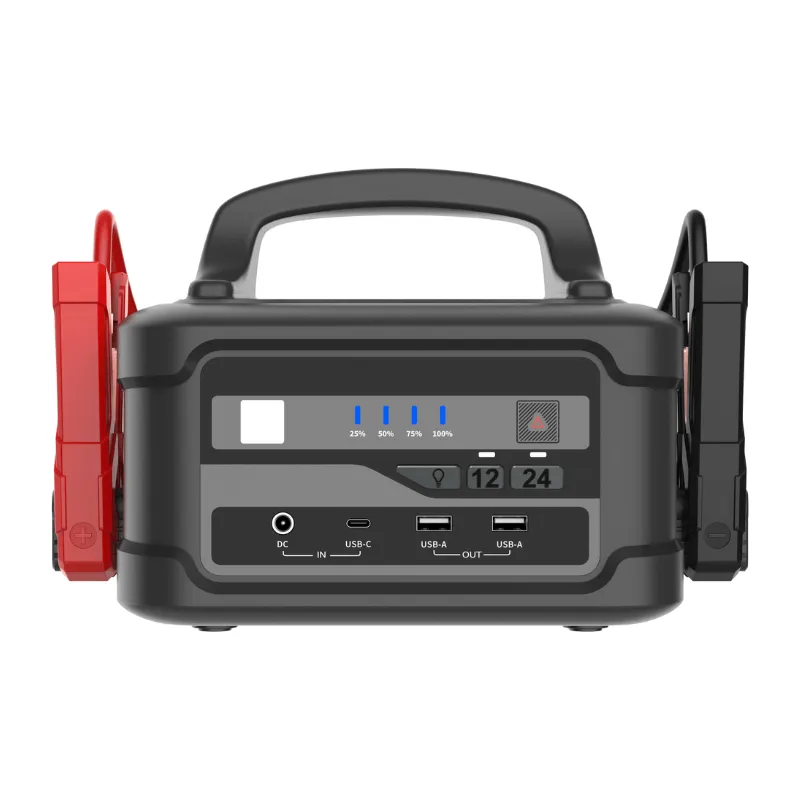
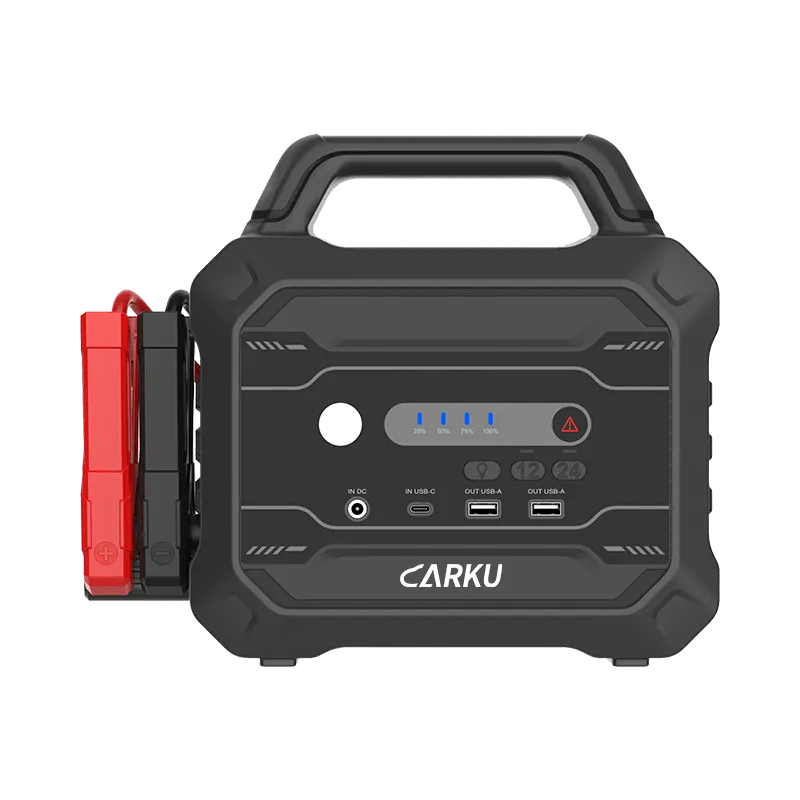
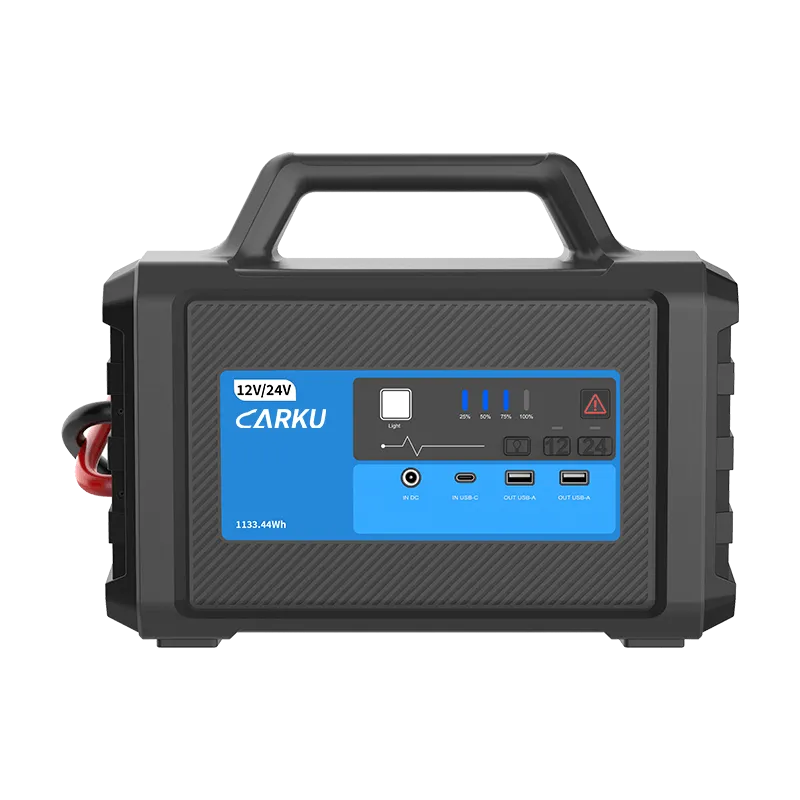
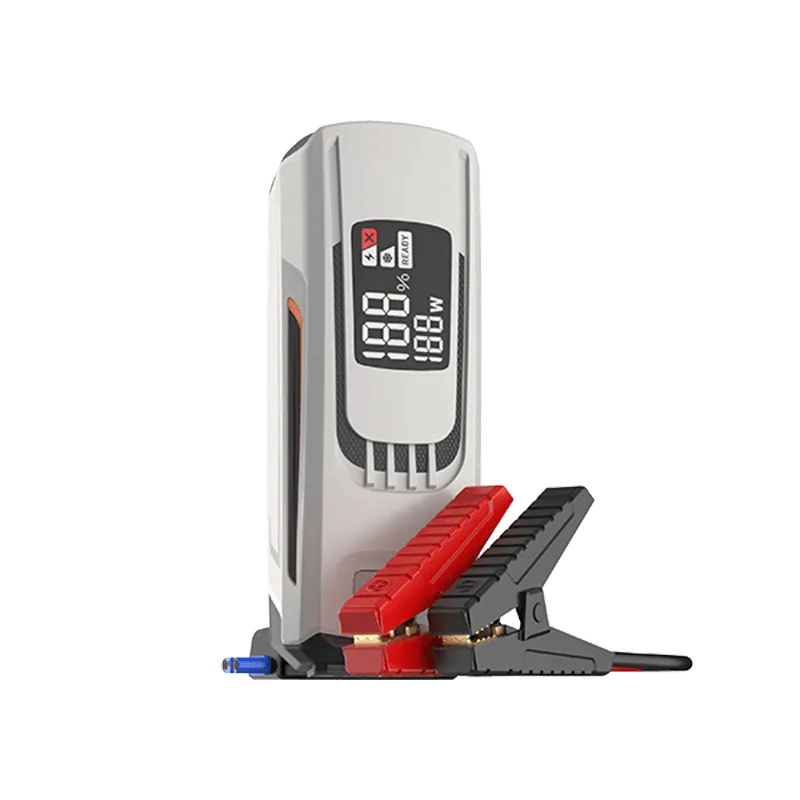



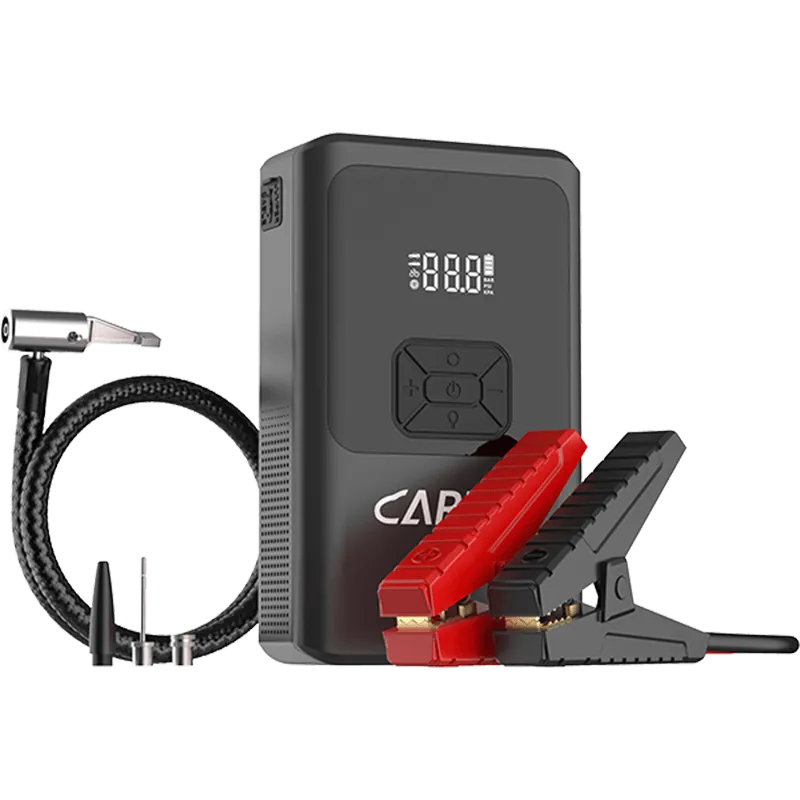

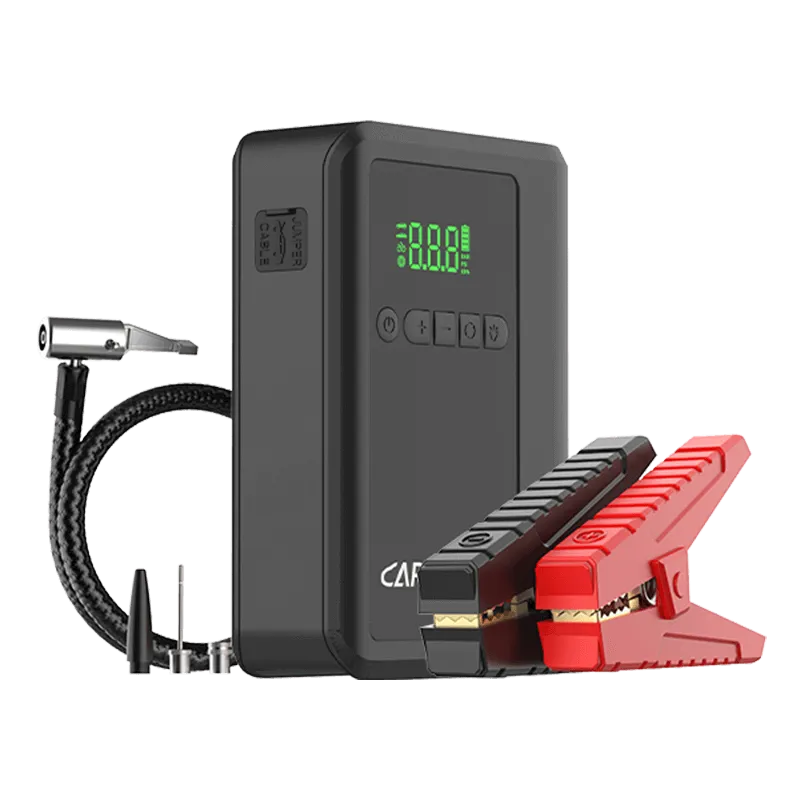
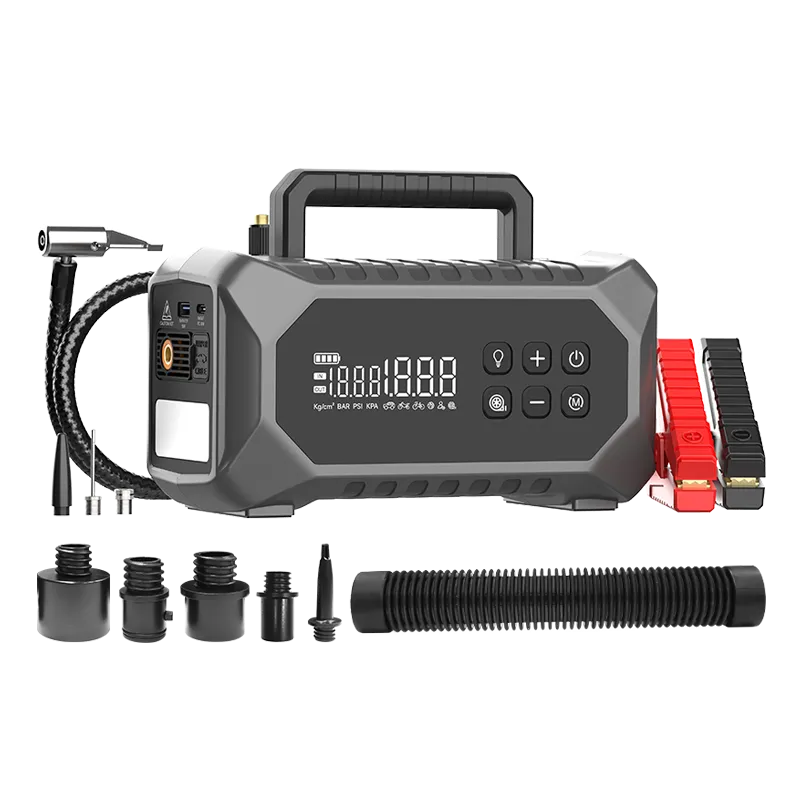


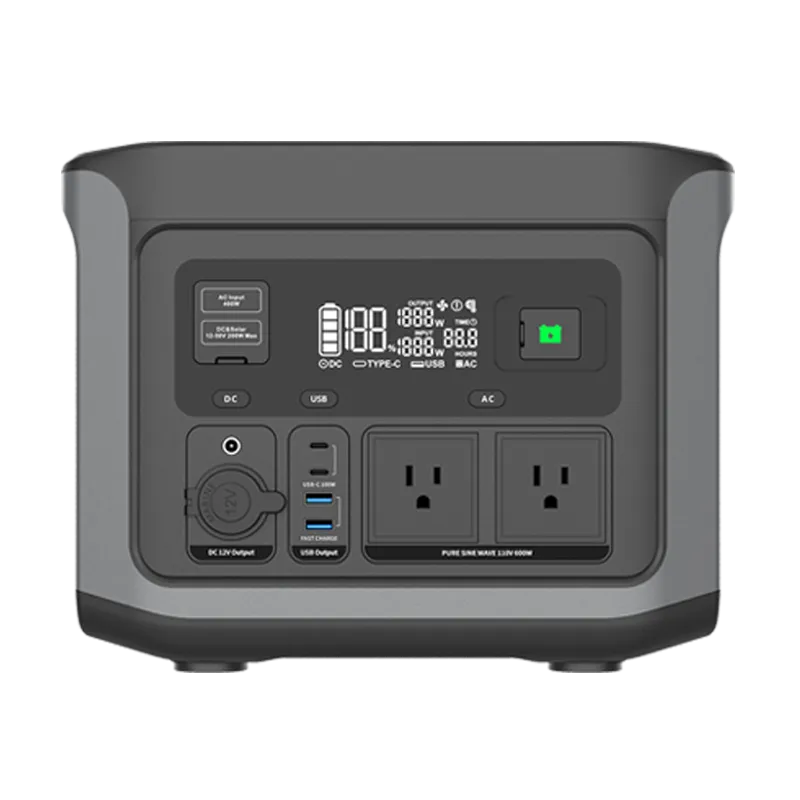
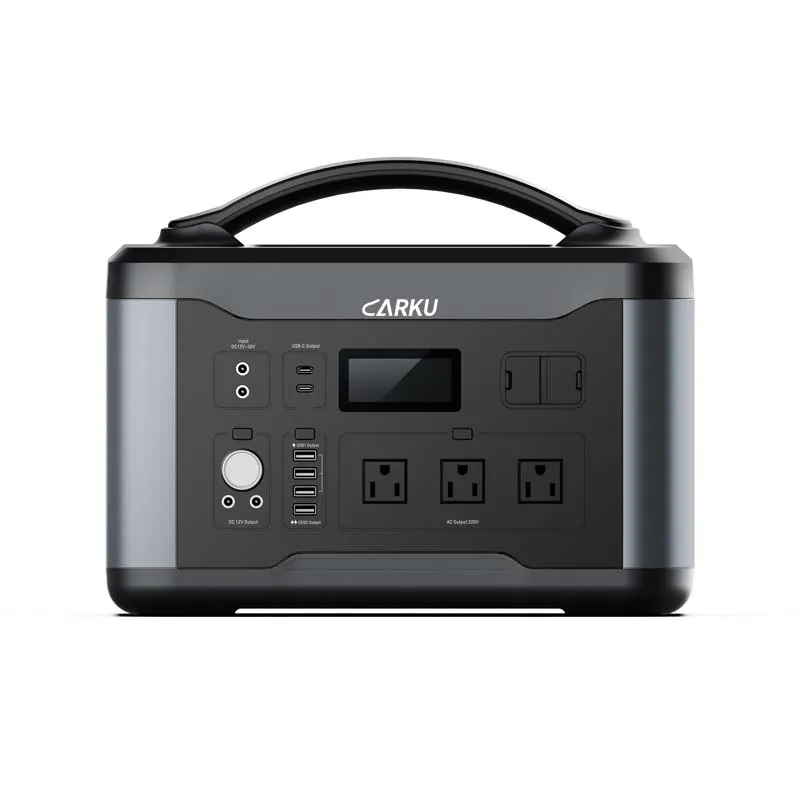
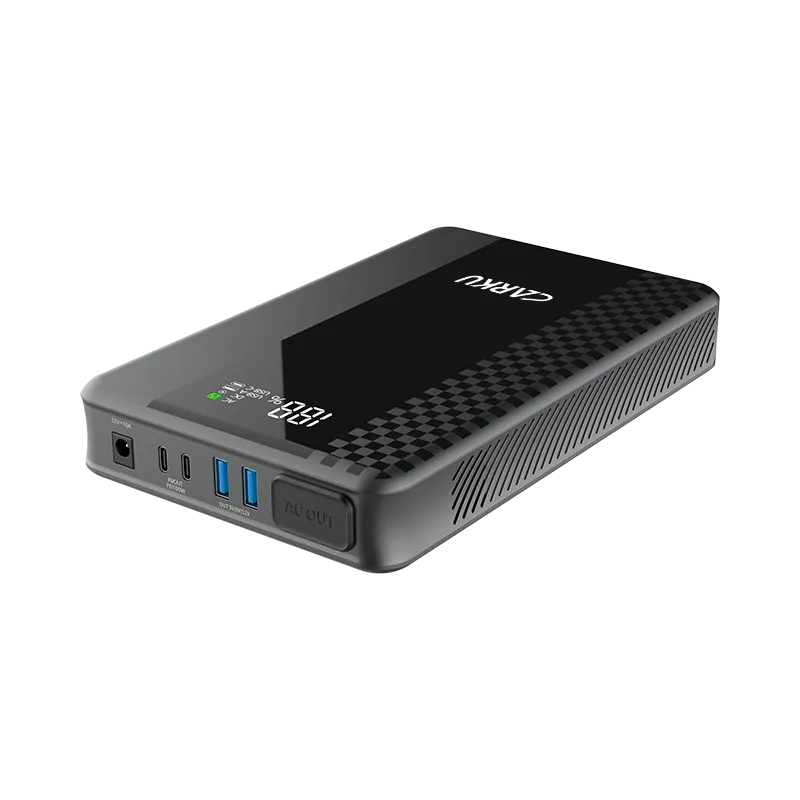

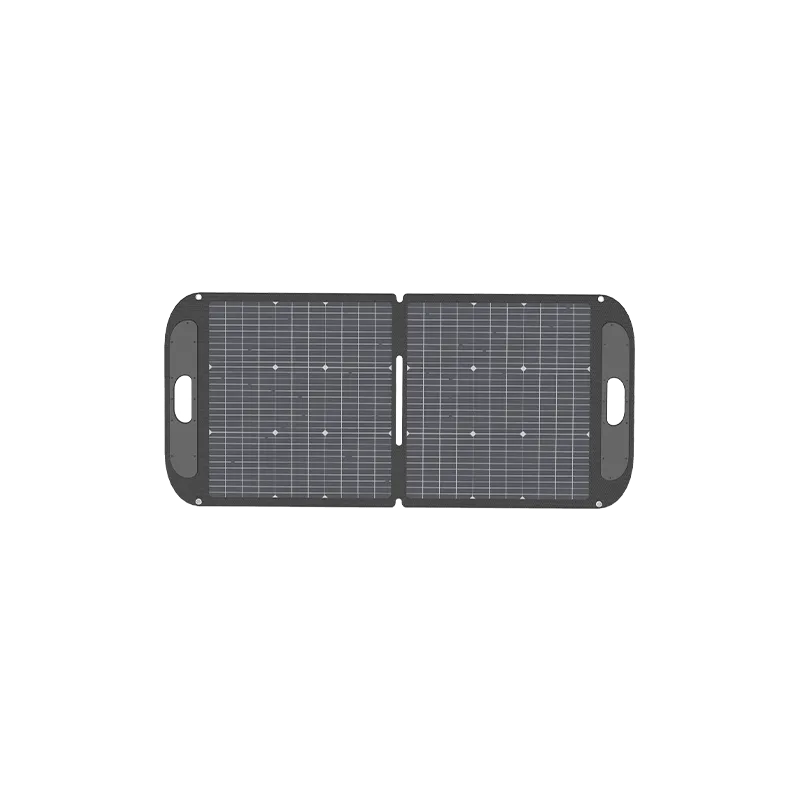
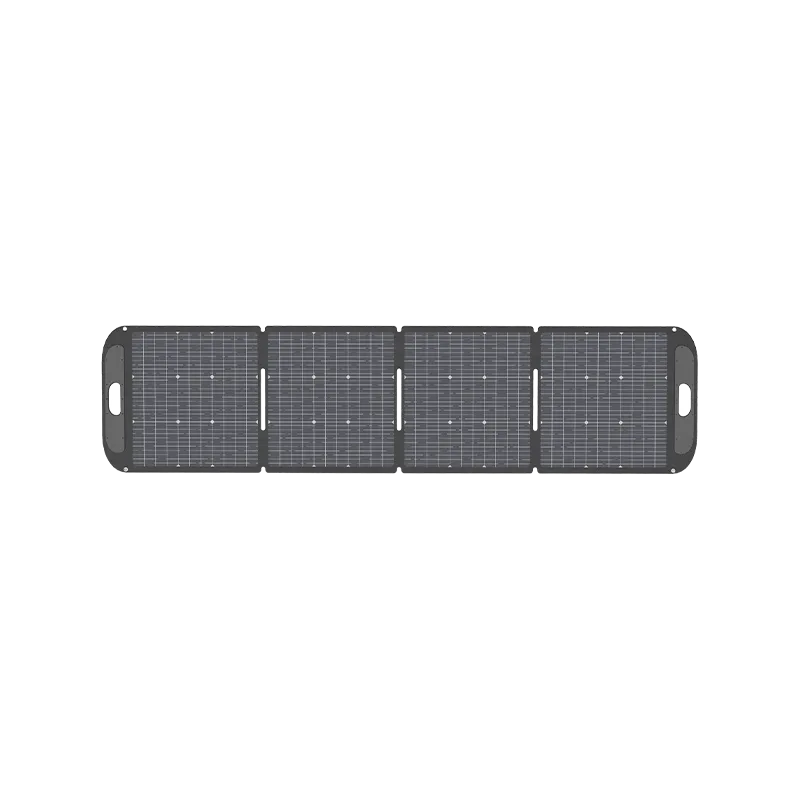
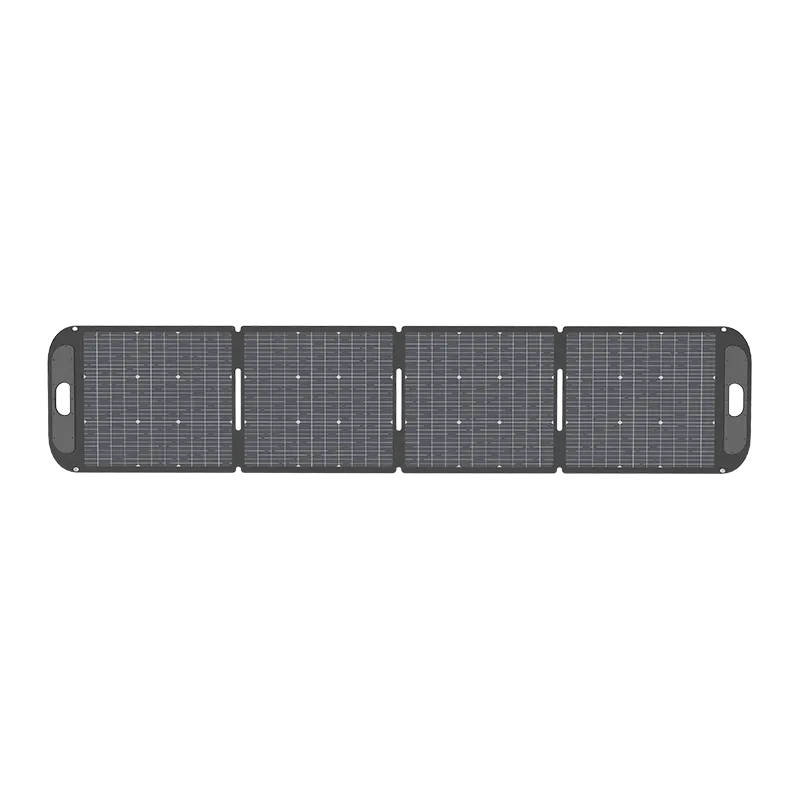
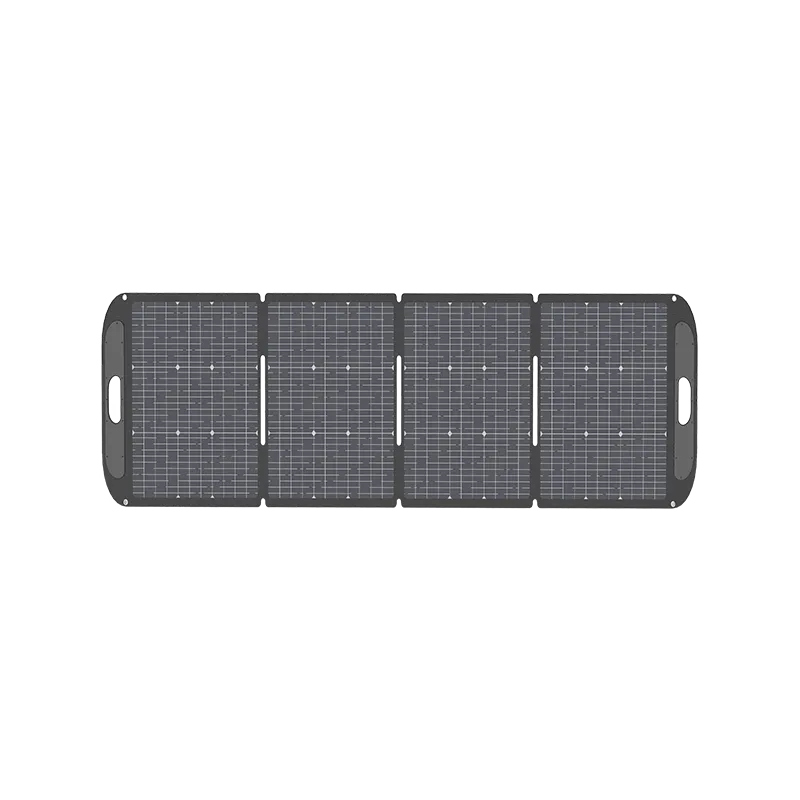
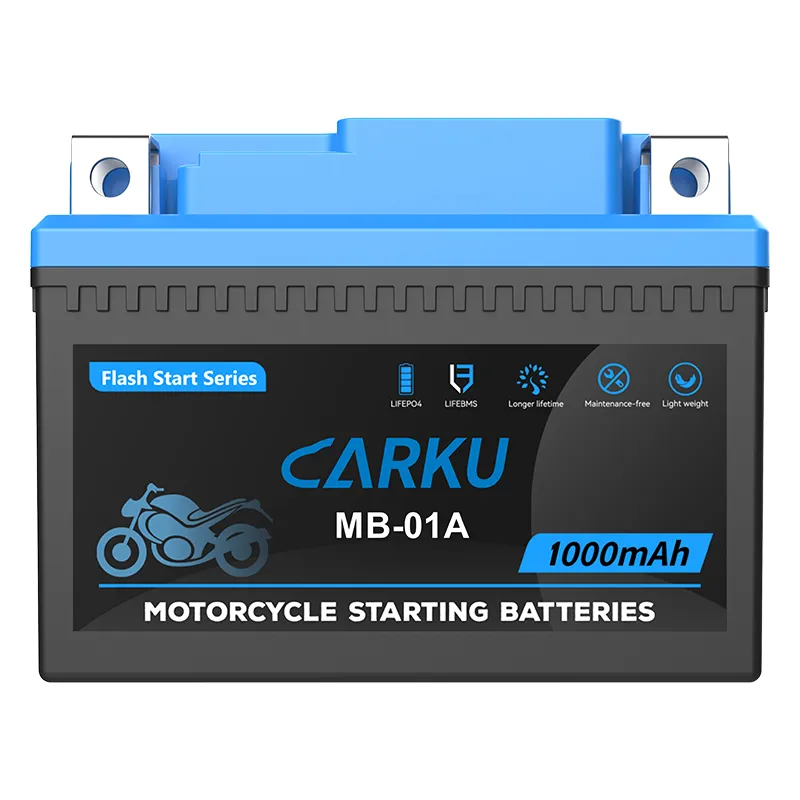


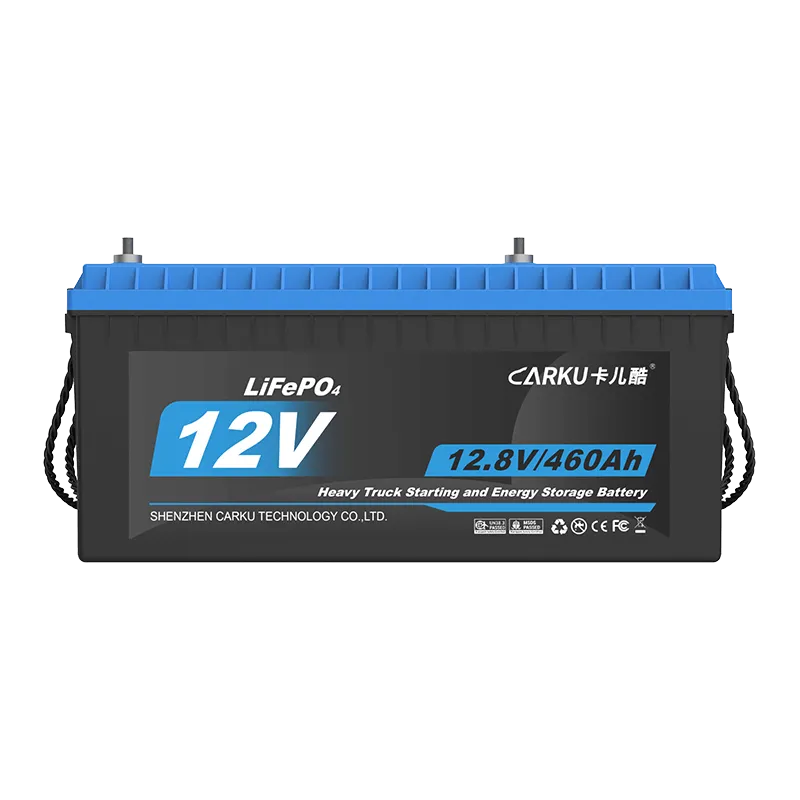

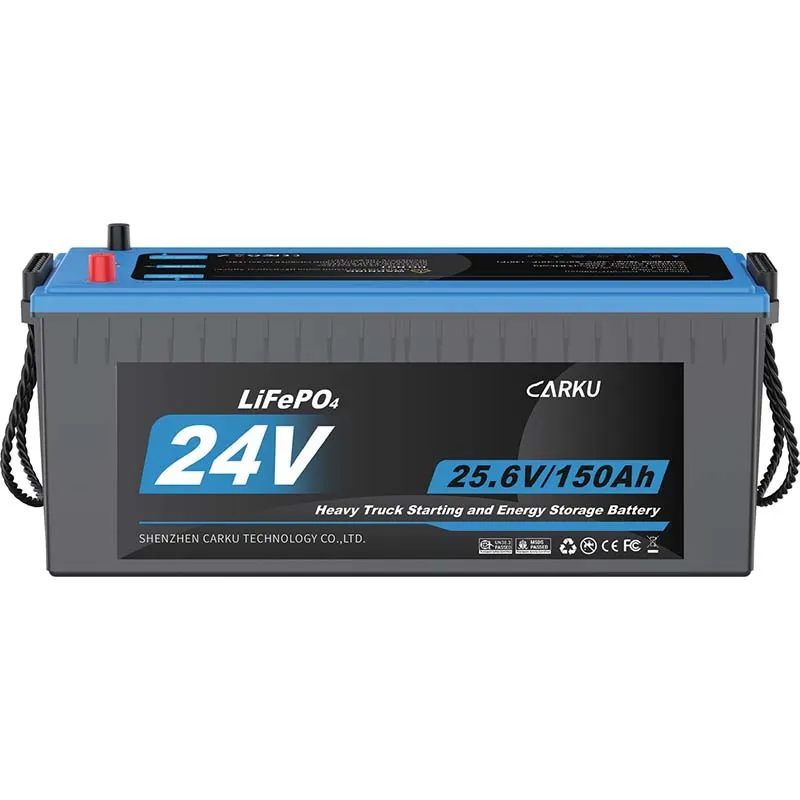
 Jump Starter ODM/OEM Solutions
Jump Starter ODM/OEM Solutions Portable Power Station ODM/OEM Solutions
Portable Power Station ODM/OEM Solutions Starting Battery ODM/OEM Solutions
Starting Battery ODM/OEM Solutions ABOUT CARKU
ABOUT CARKU STRENGTH FACTORY
STRENGTH FACTORY THE DEVELOPMENT HISTORY OF CARKU
THE DEVELOPMENT HISTORY OF CARKU CORE COMPETITIVENESS
CORE COMPETITIVENESS COMPANY CULTURE
COMPANY CULTURE QUALIFICATION
QUALIFICATION
 CARKU News
CARKU News CARKU Exhibitions
CARKU Exhibitions CARKU Battery Applications
CARKU Battery Applications


